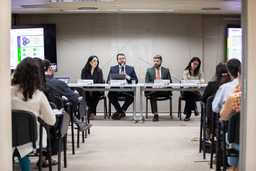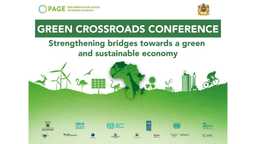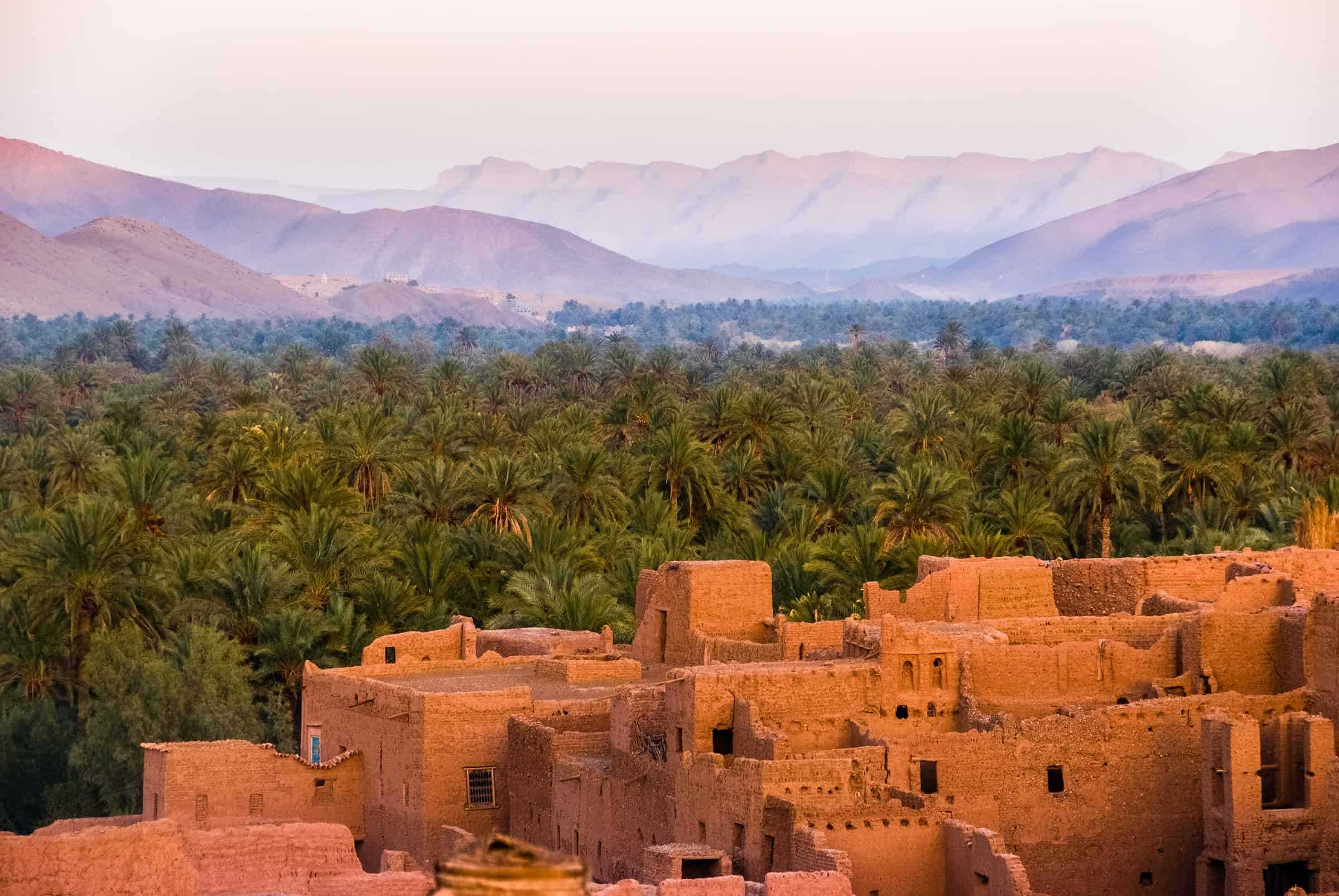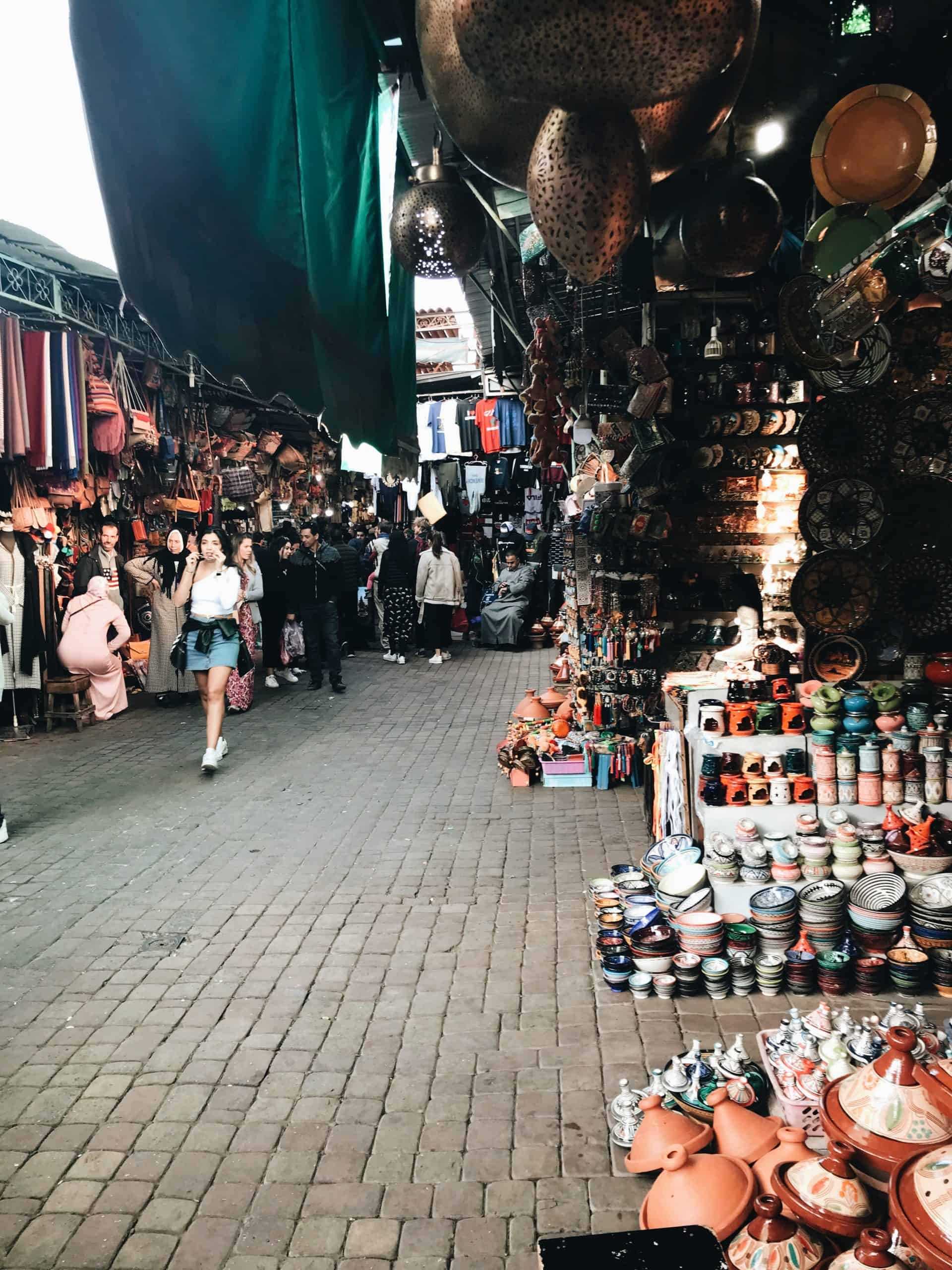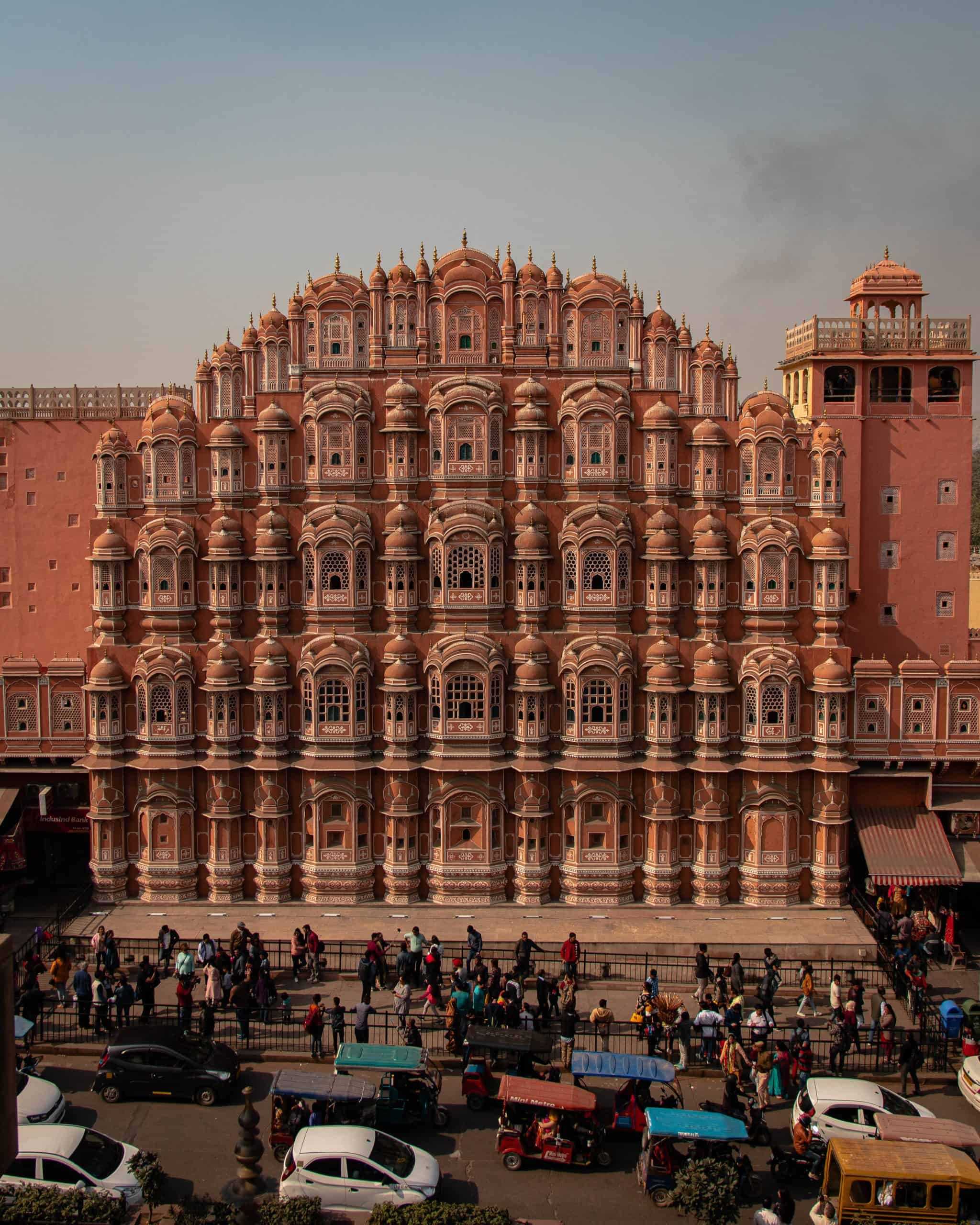Morocco
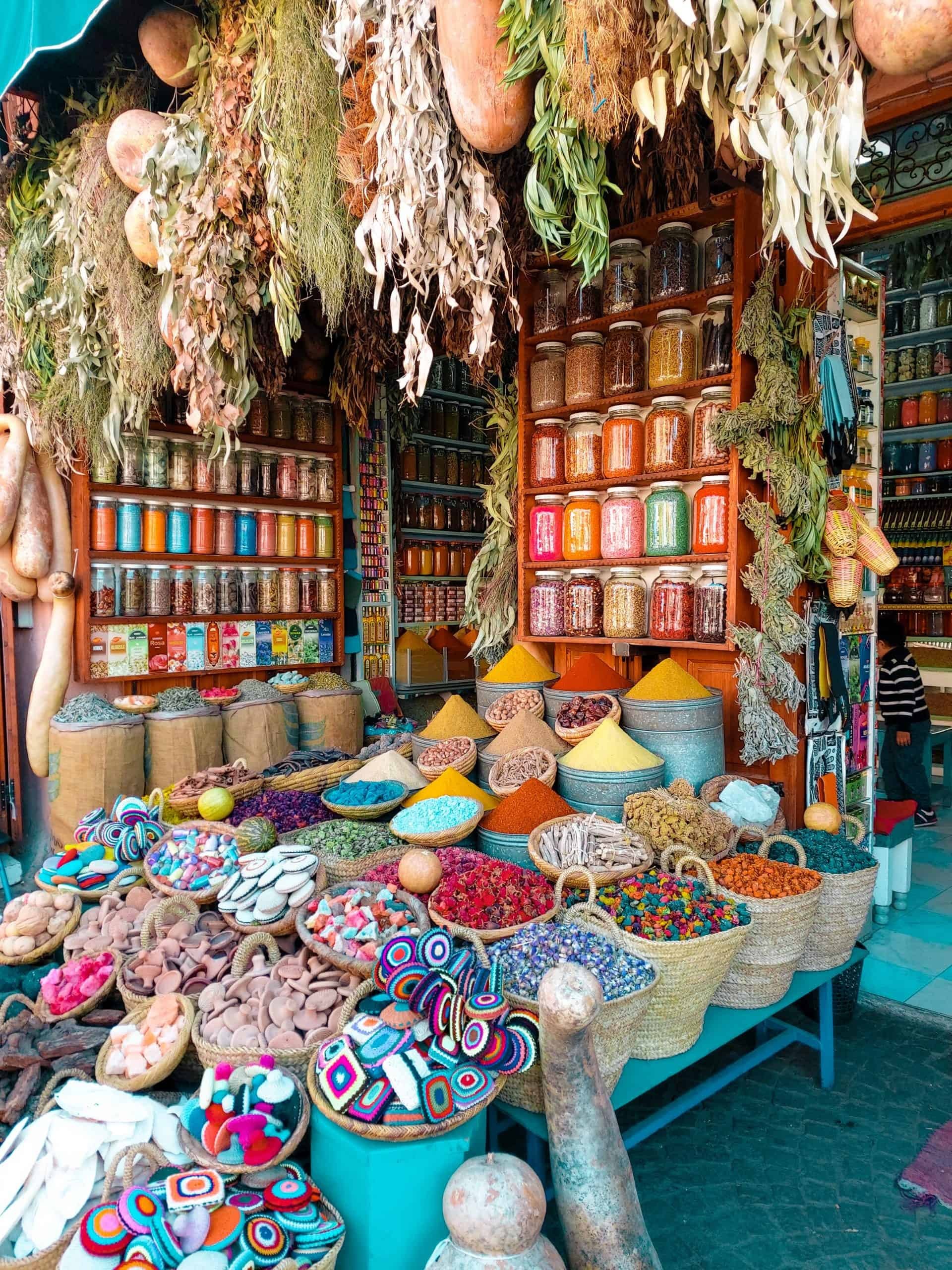
Table of Contents
PAGE in Morocco
Located in North-western Africa, Morocco is a lower to middle income country with an important service and manufacturing sector and a high share of the population engaged in agricultural activities. Situated in one of the most arid areas of the world, the country is vulnerable to climate change and the weather patterns, with highly variable rainfall and recurrent droughts, producing severe environmental, social and economic consequences. These include increases in energy and food prices, depletion of natural resources, high youth unemployment, growing social inequality, and slowing gross domestic product (GDP) growth, and therefore Morocco recognised the importance of reframing economic policies around sustainable development and joined PAGE in 2019.
Morocco’s overall commitment to inclusive green economy transition is outlined in its 2017 National Strategy for Sustainable Development that aims to reconcile economic growth and promote social inclusion, protection and enhancement of the environment by 2030. Prior to PAGE, the Moroccan government had already started to roll out several green economy activities that achieved significant results in the areas of renewable energy, energy efficiency, water and waste management, sustainable agriculture and aquaculture, and forestry. The launch of the Partnership between PAGE and the newly formed Ministry of Energy Transition and Sustainable Development as the government focal point coincided with the outbreak of the COVID-19 pandemic.
Morocco reacted quickly to the crisis, securing USD 12 billion for recovery to boost the economy with a focus on building national industry. In this context, the Economic Watch Committee of Morocco formulated several recovery strategies with significant green potential. These include i) the industrial recovery plan 2021-2023, whose third pillar in particular aims to position Morocco as a low-carbon and circular industrial base, ii) the Pact for Economic Recovery and Employment, and iii) a set of sectoral recovery plans. These recovery plans complement other sectoral approaches with strong green economy dimensions, for example, the Industrial Acceleration Plan 2021-2025. PAGE has deepened its support to Morocco in 2024 and develops green fiscal policy and green finance instruments with the Ministry of Economy and Trade to support the delivery of the green finance strategy and the revision of the National Sustainable Development Strategy.

PAGE Milestones
- 2025
Green Nexus Week in Morocco
This included the Green Crossroads conference and the inaugural Regional Academy. This event underscored Morocco’s commitment to a green, resilient, and inclusive economy, fostering south-south cooperation and knowledge exchange.
- 2024
Morocco’s Mohammed VI Polytechnique University launched an e-learning platform with the focus on the decarbonization of agriculture and carbon sequestration.
A systematic approach to green economy learning in Morocco was provided through a Green Economy Learning Assessment completed in May 2024.
- 2023
PAGE Green Crossroads goes to COP28 for a side-event hosted by the Morocco Pavilion.
Launch of the e-learning platform on decarbonisation of agriculture: Carbo Academy.
PAGE Green Crossroads 2023 in Rabat.
- 2022
Release of the IGE Scopy Study.
PAGE Morocco organises in collaboration with local partners the “Green Crossroads” from 22-24 November. The results of the scoping study are presented in the event.
- 2021
First Inception Meeting was held virtually, bringing together key ministries and national agencies, PAGE agencies and key stakeholders
- 2020
Preparations for inception phase began (February)
PAGE-led green recovery needs assessment survey conducted in response to COVID-19 (April)
Consultations with the Moroccan Agency for Energy Efficiency (AMEE) on priorities for green recovery (June)
Government focal point for PAGE from Ministry of Industry, Trade and Green and Digital Economy of Morocco appointed (September)
- 2019
Morocco joined PAGE
- 2017
National Sustainable Development Plan (SNDD) adopted


